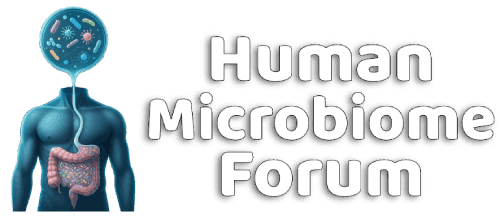Michael Harrop
Well-known member
https://www.psypost.org/gut-bacteria-may-play-a-causal-role-in-obsessive-compulsive-disorder-study-suggests/
https://www.sciencedirect.com/science/article/abs/pii/S0165032725003167
https://www.sciencedirect.com/science/article/abs/pii/S0165032725003167
Highlights
- Novel Gut Microbes-OCD Link: Provided evidences of causal ties between specific gut microbiota and OCD.
- Implications for OCD Management: Proposed microbiome-targeted therapies for OCD prevention and treatment.
- Public Health Significance: Highlighted urgent need to study gut-brain mechanisms in rising OCD cases.
Abstract
Background
Previous studies have indicated a potential link between the gut microbiota and obsessive-compulsive disorder (OCD). However, the exact causal relationship remains uncertain. In this study, we employed a two-sample Mendelian randomization (MR) analysis to evaluate the causal connection between gut microbiota and OCD.
Methods
We collected Genome-Wide Association Study (GWAS) summary data on gut microbiota (n = 18, 340) and OCD (n = 199, 169), using single nucleotide polymorphisms (SNPs) as the instrumental variable. SNPs with an F-statistic of <10 were deemed weak instrumental variables and subsequently excluded. The MR analysis was conducted using five methods: inverse variance weighting (IVW), MR Egger, weighted median, weighted mode, and simple mode. Heterogeneity and pleiotropy were assessed using Cochran's Q-test and MR Egger intercept test, while sensitivity analysis was performed using a leave-one-out approach.
Results
The IVW analysis revealed that at the phylum level, Proteobacteria (OR = 0.545, 95%CI: 0.347–0.855, P = 0.008) served as a protective factor for OCD, whereas at the order level, Bacillales (OR = 1.327, 95%CI: 1.032–1.707, P = 0.027) was identified as a risk factor. At the family level, Ruminococcaceae (OR = 0.570, 95%CI: 0.354–0.918, P = 0.021) also acted as a protective factor. At the genus level, Bilophila (OR = 0.623, 95%CI: 0.425–0.911, P = 0.015) was a protective factor, while Eubacterium ruminantium group (OR = 1.347, 95%CI: 1.012–1.794, P = 0.041) and Lachnospiraceae UCG001 (OR = 1.384, 95%CI: 1.003–1.910, P = 0.048) were identified risk factors. Reverse MR analysis showed no significant causal relationship between OCD and the gut microbiota, with no significant heterogeneity or horizontal pleiotropy observed.
Conclusion
Our analysis suggested that specific gut microbiota might have a causal relationship with OCD, revealing potential intervention strategies for the prevention and treatment of this disorder.
- Format correct?
- Yes
